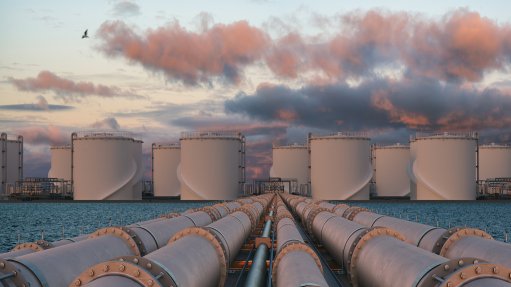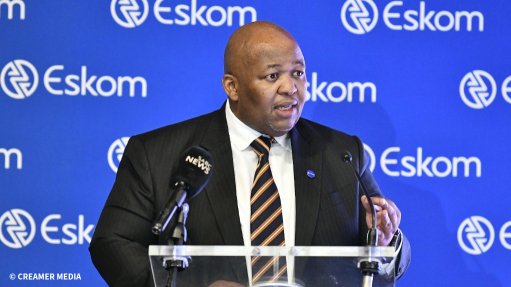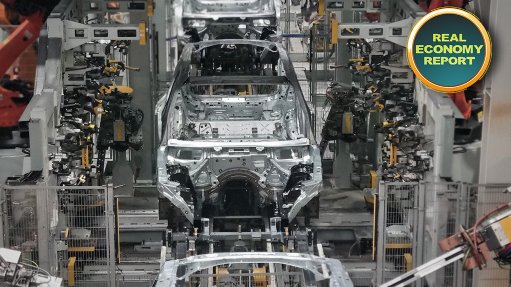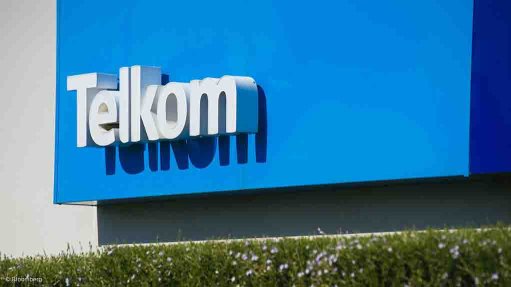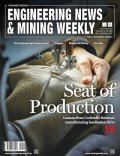Mpumalanga’s renewable shift to sustainability
This article has been supplied.
By: Santosh Sookgrim - Senior Technical Advisor at the South African Wind Energy Association (SAWEA).
In a province once synonymous with the towering chimneys and billowing smoke of coal-fired power plants, Mpumalanga is undergoing a remarkable metamorphosis, emerging as a pivotal player in South Africa's dynamic renewable energy landscape, with wind power in particular, driving this transformative shift, writes Santosh Sookgrim - Senior Technical Advisor at the South African Wind Energy Association (SAWEA).
From solar energy generation to wind power, South Africa’s ambitious Integrated Resource Plan (IRP) serves as a comprehensive roadmap for meeting the country’s projected electricity demands, balancing financial considerations with its climate change commitments to ensure a sustainable and economically viable energy supply for the future.
Wind power, specifically, has achieved remarkable success in the country. With 34 operational wind farms currently boasting an installed capacity of 3,442MW, approximately 3.6 million households are supplied with electricity annually - underscoring its efficacy as a dependable energy source.
Additionally, the socio-economic advantages are substantial. With a significant investment of over R89.6 billion in wind energy, the sector has catalysed the creation of over 23,307 job years, with 82% of these being in construction.
With coal dominating South Africa's energy mix for decades, Mpumalanga has long since emerged as the epicentre of the country's power generation. Contributing as much as 80% of South Africa’s coal-fired capacity, the environmental and health implications of coal-fired plants have cast a shadow over the region, necessitating a transition towards more sustainable alternatives.
To realise this, South Africa is at the forefront of one of the world's most ambitious energy transition deals - the $8.5 billion Just Energy Transition Partnership (JETP) with the US, UK, and EU which aims to phase out coal by 2035.
Contrary to popular belief, the Cape regions aren’t the only provinces in the country ideal for wind energy generation, with Mpumalanga meeting international standards of a high-resource wind region.
Mpumalanga has the necessary infrastructure to ensure a smoother transition to the existing grid, with the adjacent land and existing grid connections from former coal plants of equivalent size making it an ideal location for renewable energy projects.
In line with these ambitious goals, Mpumalanga's shift from coal to renewable energy solutions is more than merely conceptual, but grounded in concrete plans and substantial investment. While there are no scale utility plants in Mpumalanga at present, the recent financial closure of projects such as Seriti Green’s Ummbila Emoyeni wind farm project is promising, with the three-phase project touted to be one of the largest hybrid renewable energy facilities in Southern Africa - generating 900MW of energy on completion. The first phase of this project, a 155MW wind facility, is set to be completed by the second quarter of 2026, with the project intended to supply Seriti Resources operations in the province.
This shift can be further illustrated by other large energy users such as Sasol and Air Liquide finalising a deal with Red Cap Energy to procure 330MW of wind power from the Impofu Wind Cluster in the Eastern Cape with the power set to be wheeled from through the Eskom network to Sasol’s operations in Secunda.
Achieving this Just Energy Transition is a core focus of the Presidential Climate Commission, ensuring that communities dependent on high-emitting energy industries, such as coal, are supported during the shift to a renewable energy economy.
When managed effectively, a Just Energy Transition can significantly drive the creation of new and better jobs, promote social justice, and contribute to poverty eradication. Additionally, it will involve the upskilling of the workforce to equip individuals with the necessary skills for emerging green industries.
To this end, the likes of training programmes offered by Nkangala TVET College and the Komati Renewable Energy Training Centre have proven effective in bridging the gap between conventional energy-related courses and renewable training of the future.
It is crucial to note that there is a greater need for training centres to be developed in the region, not only to upskill those in the community, but to spark the socio-economic development of these otherwise impoverished areas.
Despite job creation in renewable energy facilities not being on the same scale as conventional coal plants, there is a need for specialist employment across the value chain. To implement renewable energy projects successfully, projects require a diverse team of specialists. This includes policy and legal experts for negotiations, grid engineers for infrastructure integration, and social development professionals for community engagement.
Moreover, environmental specialists ensure compliance, while financial experts manage project finances. On-site, technicians develop and maintain wind farms, grid engineers design and direct the installation of grid infrastructure, and construction workers build the necessary facilities.
As the wind energy sector gains prominence as a leading source of clean power for the future, the youth must seize the opportunity to enter the rapidly expanding renewable job market, while, similarly, those in traditional energy roles must embrace upskilling to transition smoothly.
As SAWEA, we advocate for a shift towards a cleaner energy mix in Mpumalanga, with wind energy taking centre stage. This transition not only promises environmental benefits, but also holds the potential to uplift communities, pulling them out of poverty through strategic investment in social and economic development initiatives.
By investing in clean energy infrastructure, Mpumalanga can pave the way for a brighter tomorrow, and champion the transition towards a cleaner, more resilient energy landscape, ensuring a legacy of prosperity and environmental stewardship for generations to come.
Article Enquiry
Email Article
Save Article
Feedback
To advertise email advertising@creamermedia.co.za or click here
Comments
Press Office
Announcements
What's On
Subscribe to improve your user experience...
Option 1 (equivalent of R125 a month):
Receive a weekly copy of Creamer Media's Engineering News & Mining Weekly magazine
(print copy for those in South Africa and e-magazine for those outside of South Africa)
Receive daily email newsletters
Access to full search results
Access archive of magazine back copies
Access to Projects in Progress
Access to ONE Research Report of your choice in PDF format
Option 2 (equivalent of R375 a month):
All benefits from Option 1
PLUS
Access to Creamer Media's Research Channel Africa for ALL Research Reports, in PDF format, on various industrial and mining sectors
including Electricity; Water; Energy Transition; Hydrogen; Roads, Rail and Ports; Coal; Gold; Platinum; Battery Metals; etc.
Already a subscriber?
Forgotten your password?
Receive weekly copy of Creamer Media's Engineering News & Mining Weekly magazine (print copy for those in South Africa and e-magazine for those outside of South Africa)
➕
Recieve daily email newsletters
➕
Access to full search results
➕
Access archive of magazine back copies
➕
Access to Projects in Progress
➕
Access to ONE Research Report of your choice in PDF format
RESEARCH CHANNEL AFRICA
R4500 (equivalent of R375 a month)
SUBSCRIBEAll benefits from Option 1
➕
Access to Creamer Media's Research Channel Africa for ALL Research Reports on various industrial and mining sectors, in PDF format, including on:
Electricity
➕
Water
➕
Energy Transition
➕
Hydrogen
➕
Roads, Rail and Ports
➕
Coal
➕
Gold
➕
Platinum
➕
Battery Metals
➕
etc.
Receive all benefits from Option 1 or Option 2 delivered to numerous people at your company
➕
Multiple User names and Passwords for simultaneous log-ins
➕
Intranet integration access to all in your organisation






